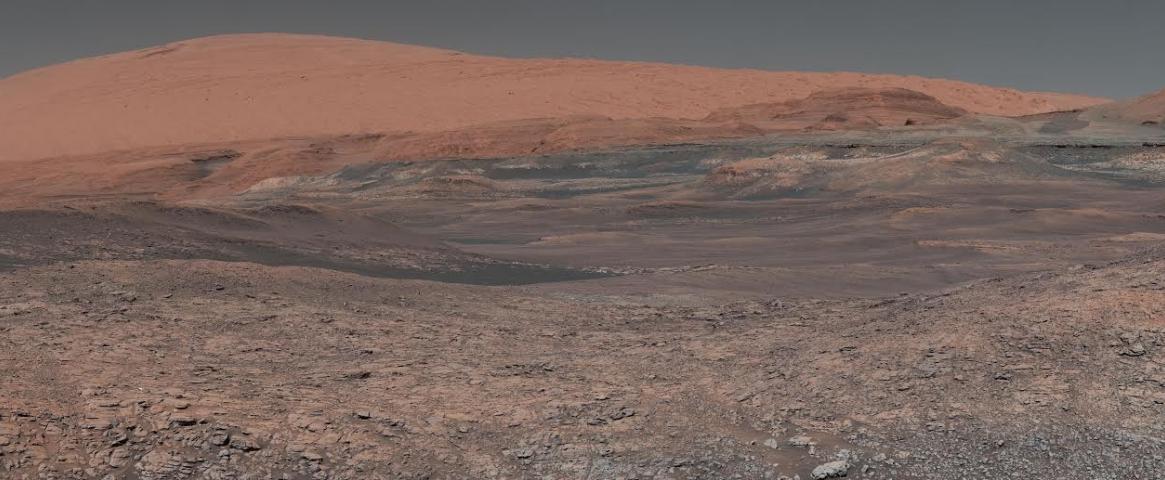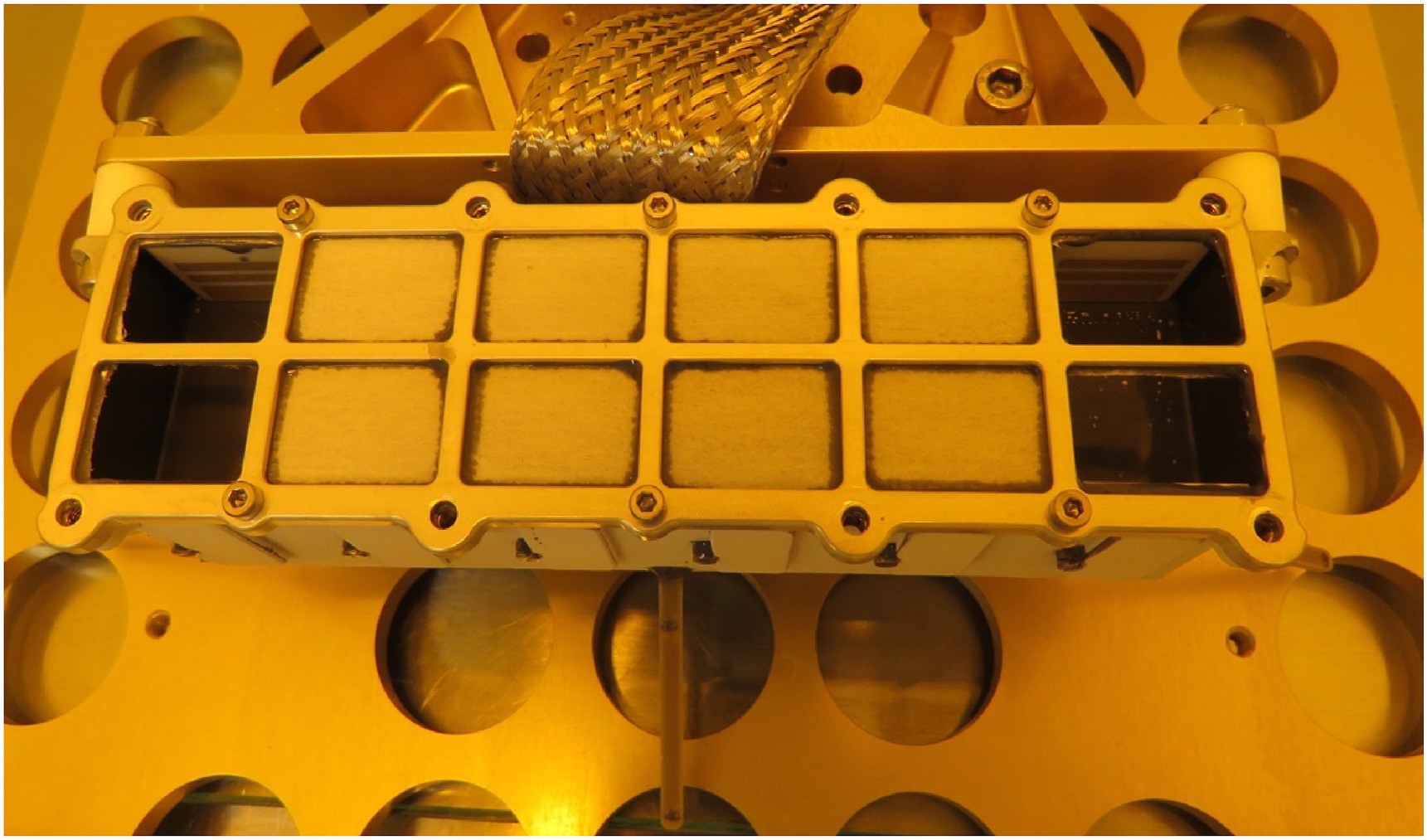By Anna Keim
Before any astronaut becomes the first to set foot on Mars, scientists must have a better understanding of the environment they are sending them to, according to an international team of researchers.
Scientists at Lůlea University of Technology in Sweden created the HabitAbility Brine Irradiation and Temperature (HABIT) device, an instrument scheduled for a trip to Mars in 2022 with the European Space Agency and Roscosmos.
“The first critical parameter that needs to be verified is to see how clean your instrument is before you send it to Mars,” said Tasshwin Mathanlal, a doctoral student at Lůlea University of Technology in Lůlea, Sweden.
His research focused on the part of HABIT known as Brine Observation Transition To Liquid Experiment (BOTTLE), particularly a HEPA filter and a series of small chambers. Eight of these chambers contain a mixture primarily made up of deliquescent salts — including ferric sulphate and calcium chloride — that trap moisture from the atmosphere.
The researchers report in a recent issue of Acta Astronautica that to send the device to Mars, Mathanlal and his team had to guarantee that it will not contaminate the Martian environment.
“Preventing the Martian environment from contamination by terrestrial organisms is key to being able to search for evidence of extraterrestrial life on Mars,” said Harry McSween, head of the Department of Earth and Planetary Science at the University of Tennessee, professor of geology and not part of the project.
The main concern for Mathanlal’s team was ensuring that BOTTLE adhered to bioburden requirements set by the Committee of Space Research Planetary Protection.
“A bioburden is nothing but trying to make sure that you don’t send any sort of microbes from Earth to other planets,” Mathanlal explained.
Meeting these standards required the team to show that the device could filter out contaminants and to develop a system of sterilization and analysis that would expose any possible pollutants.
One of the first issues addressed was preventing the salts from crystallizing beyond the chambers of BOTTLE. The researchers solved this by mixing the salts with superabsorbent polymer, which would create a hydrogel that prevented the salts from crystalizing without reacting with them.
“SAP doesn’t react with the salt, but it’s a physical mixture which enables you to have more water absorption capability. It’s like a sponge,” said Mathanlal.
Besides the HEPA filter and other physical measures taken to prevent contamination, the researchers also used Dry Heat Microbial Reduction. This involves heating samples of the salt-SAP mixture to extreme temperatures. The team then analyzed the samples to identify any extremophiles, molecules that can survive extreme temperatures.
This method was the most direct sterilization method that would not react with the salts or SAP. Other possible sterilization methods used UV and gamma rays, which risked causing a reaction with SAP.
When analyzed, properly sterilized samples showed no evidence of contaminants.
If any of the salts make their way out of BOTTLE, they pose no threat to the Martian environment, because the precautions taken by Mathanlal’s team ensure that the salts have no life in them.
The team also created their own portable cleanroom tent. It was more economical to create a cleanroom using materials that were already available than to purchase new equipment.
The tent is made of two layers of polyester/polyurethane fabric and covered with a third layer of plastic. These materials generate few particles while creating a sturdy structure that prevents particle intake.
The researchers ventilated the tent with an air purifier and HEPA filters, which ran for 48 hours before they conducted any experiments. They used 45% isopropyl alcohol solution to sterilize surfaces, and anyone in the tent was required to wear standard cleanroom garments.
Mathanlal believes that a portable sterile environment is potentially useful in situations such as the current COVID-19 pandemic.
“These technologies that we have used can be used to make sure that, down on Earth, we can safeguard ourselves from microbes,” he said.
Miracle Israel Nazarious and Abhilash Vakkada Ramachandran, doctoral students at Lůlea University of Technology; Maria-Paz Zorzano, Professor of Atmospheric Science, Lůlea University of Technology; Javier Martin-Torres, Professor of Planetary Sciences, Lůlea University of Technology; and Petra Rettberg, Deputy Head, Radiation Biology Department, German Aerospace Center also conducted this research.
The Swedish National Space Agency and the Kempe Foundation funded this research.
Anna Keim is a junior at Lipscomb University majoring in mechanical engineering with a minor in German. She is an active member of her school’s SWE chapter and works with the Pugeot Center to assist underprivileged communities with engineering projects.
This story was produced as part of NASW's David Perlman Summer Mentoring Program, which was launched in 2020 by our Education Committee. Keim was mentored by A'ndrea Elyse Messer.



